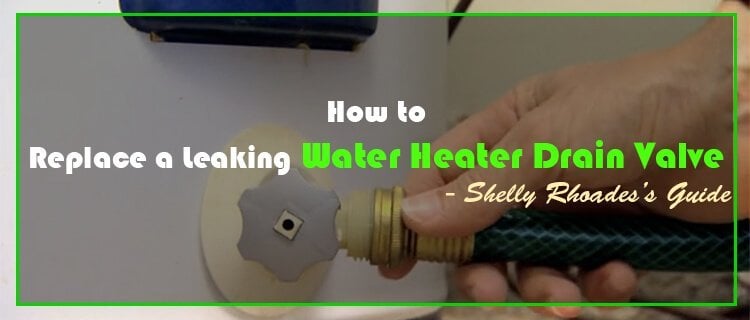Water heaters can create issue anytime. It can be an issue with the drain valve, water line, or pressure-relieve valve. Mostly, the trouble is in the valve itself that causes it to leak and sometimes the flange around it make it leak too, because of its old age. Apart from this, mineral deposits can also make it clogged and compel you to replace it.
Before you begin the maintenance or replacement of the valve, first it is imperative to know the actual purpose of the drain valve and the actual cause behind it.
Since, if you won't resolve or comprehend the cause, the issue will persist.
Drain Valve Purpose
Drain Valve is a component to drain off material. It is usually installed from a fluid stream in order to provide efficient draining service. It has different types too, but the main purpose of all of them is to clean the water storage tank.
Most of the water heater issues can be resolved to replace the drain valve only. Since it assists you in flushing out periodically to remove sediments.
Problems You Can Face
There are a few problems which you can face with a drain valve.
Purchasing the Drain Valve
Purchasing the new water heater drain valve looks quite straightforward.
But, you should ponder a few things before spending your money on it. For example, don't go for the plastic valve, which is quite common these days. It creates a lot of troubles, particularly in the water heater system. Instead, it is better to opt for the brass one.
It is more natural and can deal with the pressure of the water heater system. It will be a tad more expensive than a plastic one, but you can still get it for less than $10.
Steps to Replace A Leaking Water Heater Drain Valve
The drain valve holds the water; therefore, it is important to follow the steps from the beginning.
Step #1:
Shut down the hot water tank. Keep in mind the shutting down procedures of both electric and gas water heaters are different. You can't follow the same procedure with both models. If you have an electric model, ensure that the power is turned off, otherwise, it can harm you. Similarly, with the gas version, make sure the gas supply lines are off. Furthermore, you also need to shut off the pipeline that fills the water heater. Once it is done, you need to wait so that the water in the heater can cool down to a safer temperature. It isn't a quick process, it can take around 24 hours too.
Step #2:
The best way to empty the water heater is to connect the drain valve with a garden hose. After that, start emptying the tank. In case the tank has the pressure relieve valve, you have to flip it into the open position. After emptying the tank, it is essential to flip it into the off position again. Next, remove the drain valve. Some valves can be removed easily by just rotating them counter clockwise. However, in case it is not possible, locate the screw. It is usually under the valve. Unscrew it with the screwdriver and take it off.
Step #3:
This is the final step. Install the new drain valve by wrapping the threads. Once it is seated well, tighten it with the help of a wrench. In most cases, when the outlet is pointing at the bottom, it means it is closed well. However, if that's not the option, you should observe the old valve first. If the new valve is closed exactly in the same position, it means everything is right. Open the water supply lines, refill the tank, and turn on the heater as well. Make sure the issue is resolved and it isn't leaking now.
Concluding Thoughts
Drain valve in the water heater should always be in good working condition.
Apart from replacing the drain valve, you need to assess a few more things. It is better to check the gauges and sensors of the water tank. Sometimes, they also become the reason for the leakage. In addition, some minor settings can also resolve the leakage issue. You don't have to replace the entire valve. For example, if the leak is so minor, a cap on it can stop it immediately.


Admiring the dedication you put into your website and in depth information you offer.
It’s great to come across a blog every once in a while that isn’t the same unwanted rehashed material.
Great read! I’ve saved your site and I’m including
your RSS feeds to my Google account.